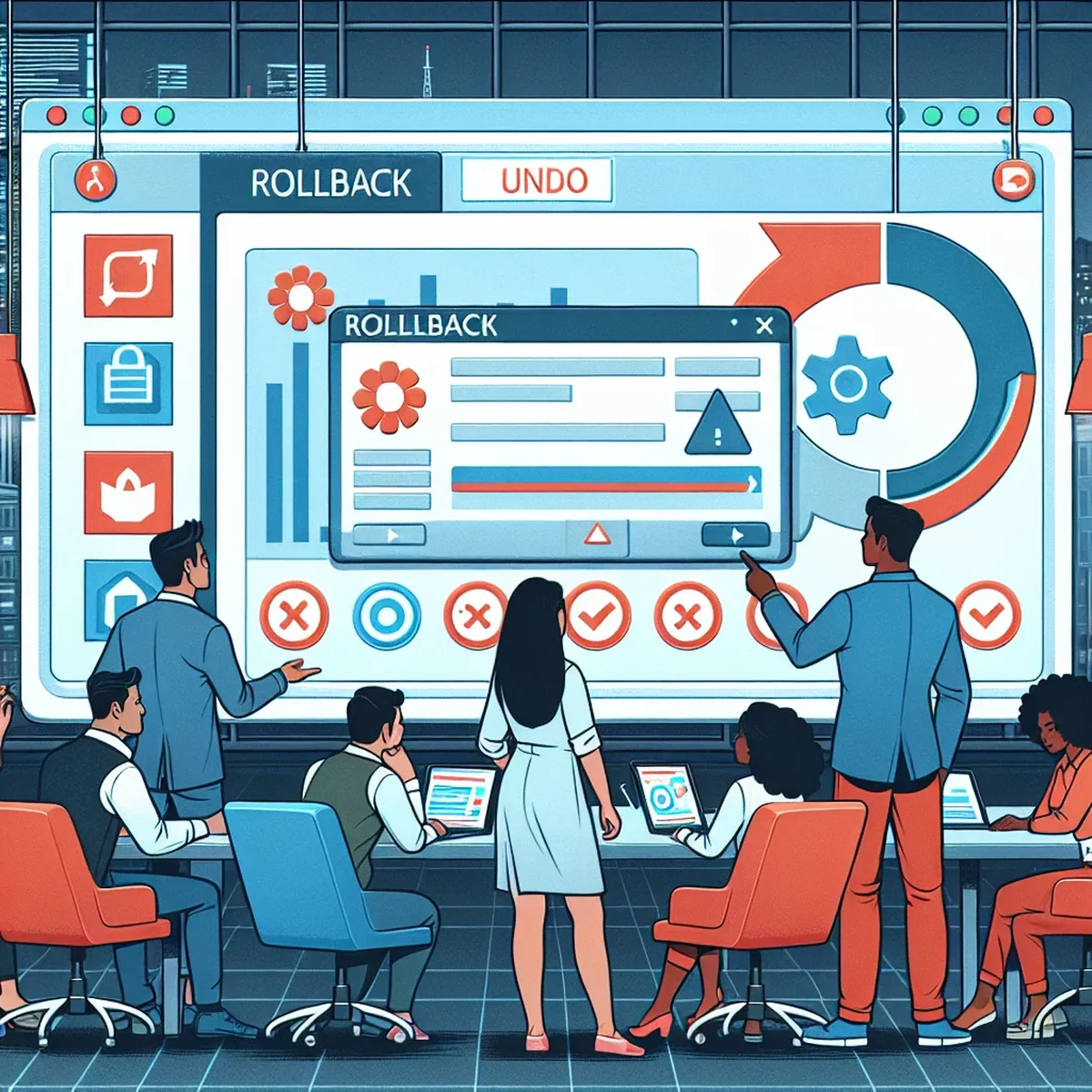Mastering WordPress Rollbacks: A Guide for Safe Site Updates

Managing a WordPress site requires not only creativity and strategic thinking but also a strong grasp of technical management—particularly when it comes to updates and potential rollbacks. Updates are essential for security, features, and performance improvements. However, they sometimes bring unforeseen issues that necessitate a rollback to a previous stable version. This guide will walk you through the necessary steps and considerations for conducting a safe WordPress rollback.
Understanding the Need for Rollbacks
Before diving into the technical process, it’s crucial to understand the scenarios that might require a rollback. Typically, these include: - Updates causing compatibility issues with themes or plugins. - Performance issues following the latest updates. - Security updates that inadvertently introduce bugs.
Recognizing these issues early can save you from prolonged downtime and the negative impact on user experience and SEO.
Preparing for a Rollback
Preparation is key to a successful rollback. Here’s what you need to do:
Regular Backups
The golden rule in website management is to have regular, comprehensive backups. Before any update, ensure that you have a complete backup of your WordPress files and database. Tools like UpdraftPlus or BackupBuddy can automate this process.
Staging Environment
Whenever possible, test updates in a staging environment. This mirrored version of your live site allows you to identify potential update issues without risking your live site's functionality.
Step-by-Step Rollback Process
Once you’ve identified the need for a rollback and prepared adequately, follow these steps:
1. Access Your Backups
Locate the most recent backup before the problematic update. Ensure it includes all site files and the database.
2. Restore the Backup
Use your backup plugin or cPanel’s backup tools to restore the files and database. If you’re not confident in doing this yourself, consider hiring a professional.
3. Test Your Site
After the rollback, thoroughly test your site to ensure functionality. Check all pages, posts, and key features.
4. Monitor the Site
Keep an eye on the site’s performance and any user reports of issues. Sometimes, rollbacks can have unintended side effects.
Best Practices for Future Updates
To minimize the need for future rollbacks:
- Stay Informed: Keep up with WordPress community discussions about updates. Knowledge about potential issues can guide your update strategy.
- Plugin Management: Only keep necessary plugins and keep them updated. If possible, test updates in a staging environment first.
- Regular Maintenance: Regularly review and maintain your WordPress site, looking for any signs of issues that could escalate if not addressed.
Conclusion
While rollbacks can seem daunting, proper preparation and understanding make them manageable and safe. Regular backups, a clear understanding of updates, and cautious implementation are your best defenses against complications from new software versions.
Rollbacks are a safety net, not a routine step; treat them as such by preparing diligently for updates and monitoring their impact. By doing so, you can ensure the stability and health of your WordPress site, keeping it secure and performing well for your users.
FAQ
- What is a WordPress rollback and when is it necessary?
- A WordPress rollback involves reverting the site to a previous version. It's necessary when an update causes issues that disrupt site functionality.
- How can I ensure a safe rollback on my WordPress site?
- Ensure a safe rollback by backing up your site fully before attempting any changes and using reliable rollback tools or plugins.